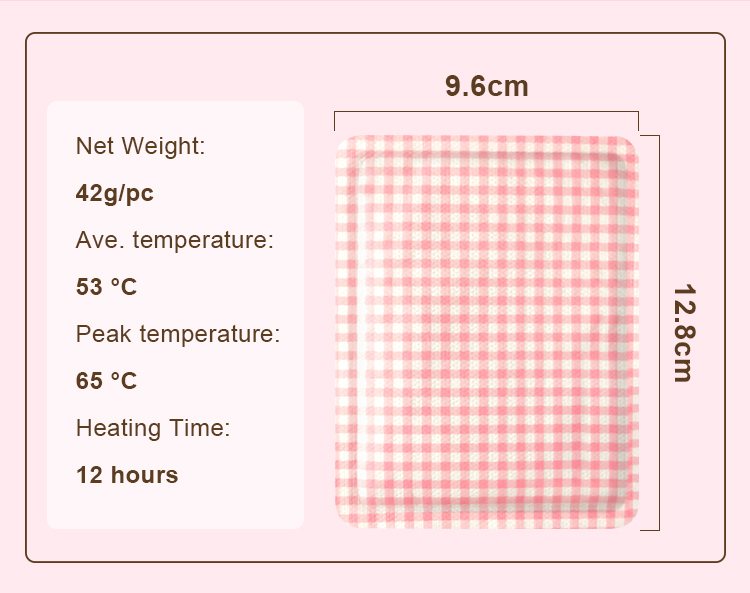The Role of Body Heat Pads in Sports Rehabilitation Programs
From professional athletes to weekend warriors, sports recovery is a crucial element for performance and injury prevention. As rehabilitation programs increasingly focus on holistic methods, the use of body heat pads has emerged as an effective solution to boost circulation, ease soreness, and speed up healing.
Unlike ice packs which restrict blood flow, heating pads help open up blood vessels and improve flow to injured or overworked muscles. The boost in localized blood circulation provides oxygen and nutrients that muscles desperately need after intense exercise. Sustained use of heat pads has been shown to reduce stiffness, relax muscles, and decrease pain.
Athletes ranging from Olympians to college sports teams have made heat pads a staple in their training rooms. Options like infrared heating pads penetrate deeper and more efficiently than electric pads. The deep-tissue benefits aid recovery and allow athletes to train harder with less downtime.
For muscle strains and back pain, targeted heat wraps, patches, and pads can pinpoint delivery of heat to the affected area. This helps increase flexibility and range of motion - critical factors for a full rehabilitation. The increased blood flow stimulated by sustained heat also reduces inflammation and swelling around injuries.
Heat pads are an easy, drug-free solution that allows athletes control over their own recovery. They are lightweight, portable, and can be worn during stretching, cool-downs or while receiving other treatments. Options like microwavable pads provide moist heat that safely molds to the body.
With sports medicine advancing, recovery technologies are an important investment for any training room or rehab program. Body heat pads present athletes and trainers with a simple, versatile tool to help wounded muscles heal faster. Added to rehabilitation routines, they can get players back on the field quicker and stronger than ever.







